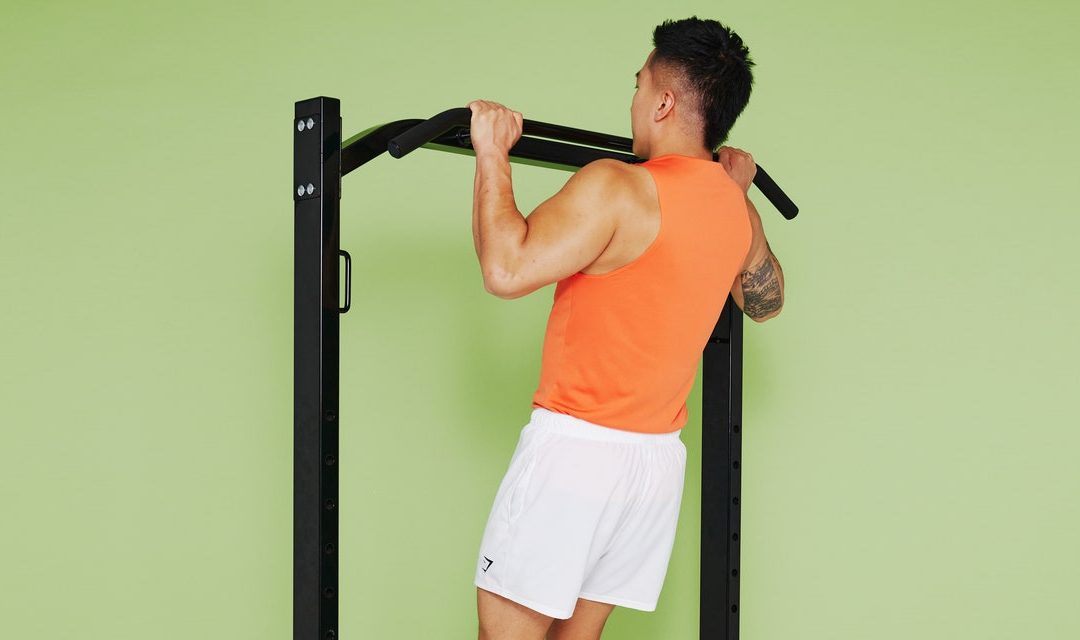Beyond giving you bragging rights in the gym, adding pull-ups to your workouts is great for building strength, which can benefit you in and out of the gym. “Having a strong posterior chain—the back side of the body—helps you maintain good posture, reduces the risk of injuries, and can translate into improved form and strength in other exercises, such as a deadlift, where having a strong back is also important,” Potter explains.
It’s also a great grip strength exercise, Stokes adds. That’s important, since research links it as a solid predictor of overall health and longevity. Chances are, if you’ve got a great grip, that means you’ve been strength training and are experiencing the health benefits that come with that—say, for your heart, lungs, bones, and more, all of which can help you in the long run.
Getting your first pull-up takes time, patience, and dedication.
We’re not going to sugarcoat it here: Pull-ups are hard AF. Depending on your starting point, it could take months (or even years) of focused work in the gym to do your first one.
“It’s good to have strength goals, but it’s really important to have realistic goals and to know that a pull-up isn’t one of those things that’s going to happen overnight,” Stokes says. “For most people, it’s probably not going to happen in six or even eight weeks. The timeline is very personal because it depends on your starting point in terms of strength,” she explains. It’ll also depend on non-training related factors, like sleep, recovery, stress, and nutrition, Potter adds.
That’s why one of the most important skills when chasing this—or any—fitness goal is patience, says Potter. “There is no hack, quick fix, or magic pill that will help you do your first one. It will take time, consistency, effort, and patience.” Your journey will include building strength and mobility in the muscles that are key during the exercise itself and working through pull-up progressions to get comfortable with the general movement so you can eventually graduate to the full thing.
Here’s your roadmap for reaching your pull-up goals.
“The best way to improve at any exercise is to train it consistently,” Potter says. “If your goal is to get better at pull-ups, you should be doing some variation of them weekly, along with other back, bicep, and forearm exercises and applying the principles of progressive overload.” Quick refresher: Progressive overload means gradually increasing the stress you put on your muscles as you get stronger and adapt so that you keep challenging them—say, by adding more weight or increasing reps.
